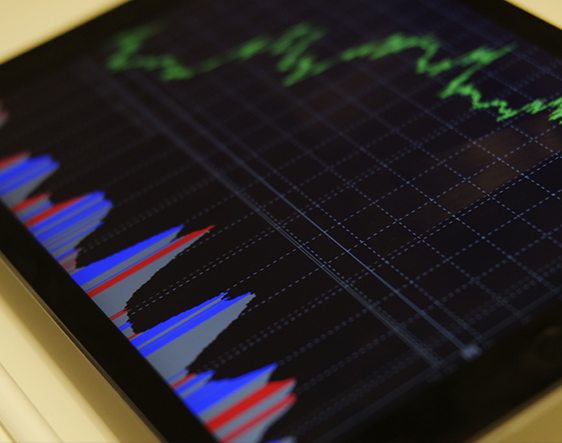Tomorrow sees the publication of the first estimate of GDP for the second quarter of the year, which is expected to rebound to 0.4% after a measly 0.2% growth was recorded in the first quarter, thanks to the Beast from the East shutting down much of the country for a few days in February and March. Contributor Laith Khalaf, Senior Analyst – Hargreaves Lansdown.
The second quarter was altogether brighter, with good weather, a Royal Wedding and the World Cup all driving consumer behaviour. The latest ONS retail sales data suggests that food and drink sales have been positively impacted by the sunshine and the football, while spending in pubs also increased by 9.5% year on year in June according to Barclaycard’s consumer analysis.
Not all parts of the UK economy have been making hay in the sunshine however, with big ticket items particularly under pressure. Household appliance sales fell 14.8% in the year to June according to Barclaycard, and the football combined with the warm weather led to a June drop in sales for non-food retailers according to the ONS. One also can’t help but wonder how the UK’s tanning shops have fared with such an abundance of UV rays available for free.
If tomorrow’s growth number proves disappointing, the Bank of England could find some pretty instant egg on its face after its decision to raise interest rates last week. However the main indicators suggest a rebound from the weak first quarter is on the cards. One quarter’s reading is of course a fairly brief snapshot. Looking at the bigger picture, UK economic growth is still way below the gains we were used to before the financial crisis (see charts below- data available on request).
While the big hit of sterling devaluation following the Brexit vote has now largely played through to consumers by way of inflation, the recent falls in sterling won’t help matters for UK retailers or shoppers. Energy prices are also on the rise, with oil at $72 a barrel, petrol prices up 12% in the last year, and all Big 6 energy companies raising tariffs this summer. Little wonder then the Bank of England expects GDP growth to average just 1.75% in the next three years, and that means a very slow tightening of monetary policy, assuming no economic shocks.









